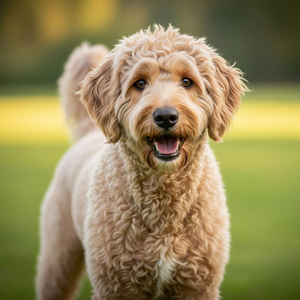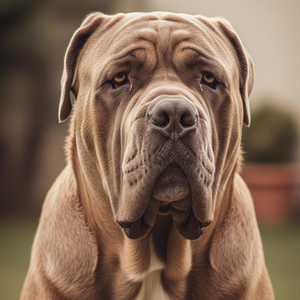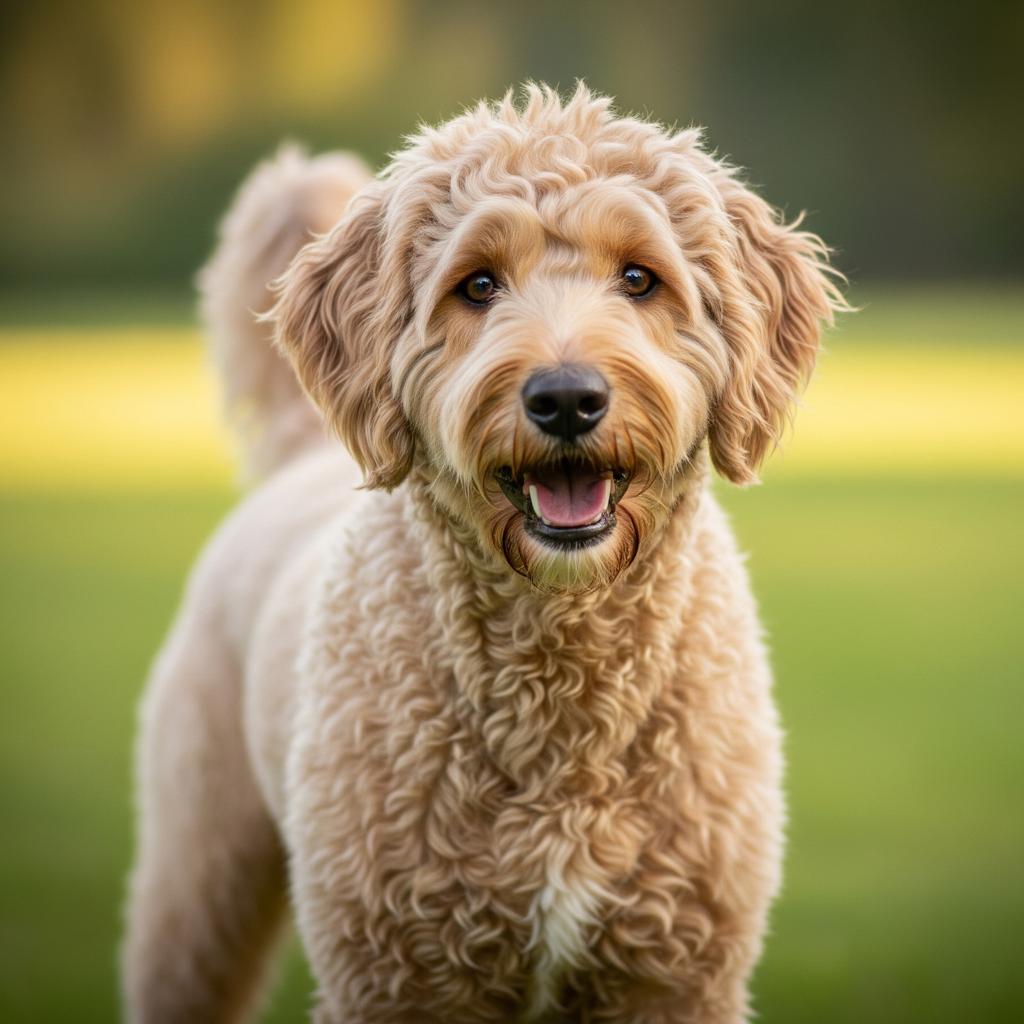
Australian Labradoodle: The Modern Family's Dog
The Australian Labradoodle may be the most compelling success story of modern dog breeding. The super-hybrid breed, engineered in the 1980s by visionary breeders, combines the best characteristics of three exceptional breeds: the Labrador Retriever, the Poodle and the English Cocker Spaniel. What emerges is a dog that most effectively captures the balance of intelligence, softness and utility, making it the perfect family, senior, and special needs companion.
The Revolutionary Origin of the Australian Labradoodle
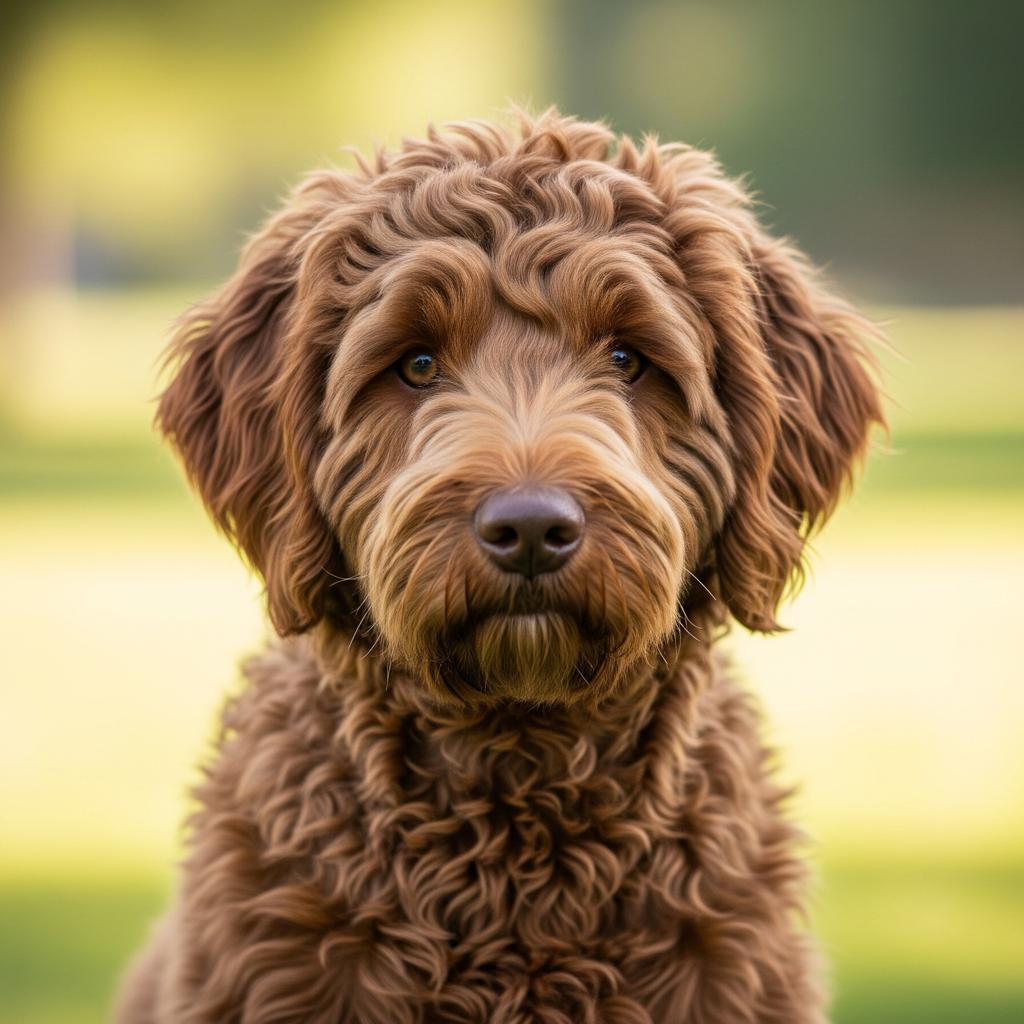
A woman from Hawaii needed a guide dog compatible with her husband's allergies, but the traditional Poodles used for the allergic community did not have the best temperament for being assistance dogs.
Conron experimented with a new strategy: crossbreeding the Labrador Retriever, a high-quality breed for guide work, with a Standard Poodle, whose coat is hypoallergenic. Sultan, the first cross, was a puppy that combined fully the intelligence and kind nature of the Labrador with the Poodle's hypoallergenic trait.
This initiated the creation of a programmed breeding scheme that would revolutionize the appearance of dog breeds.
In the subsequent decades, progressive breeders such as Rutland Manor and Tegan Park continued working on the breed, occasional input of Irish Water Spaniel and Cocker Spaniel blood being made to improve temperament as much as physical structure.
This long-term and conscientious selection over decades bred a stable, multi-generational breed with predictable characteristics from generation to generation.
Distinctive and Irresistible Physical Characteristics
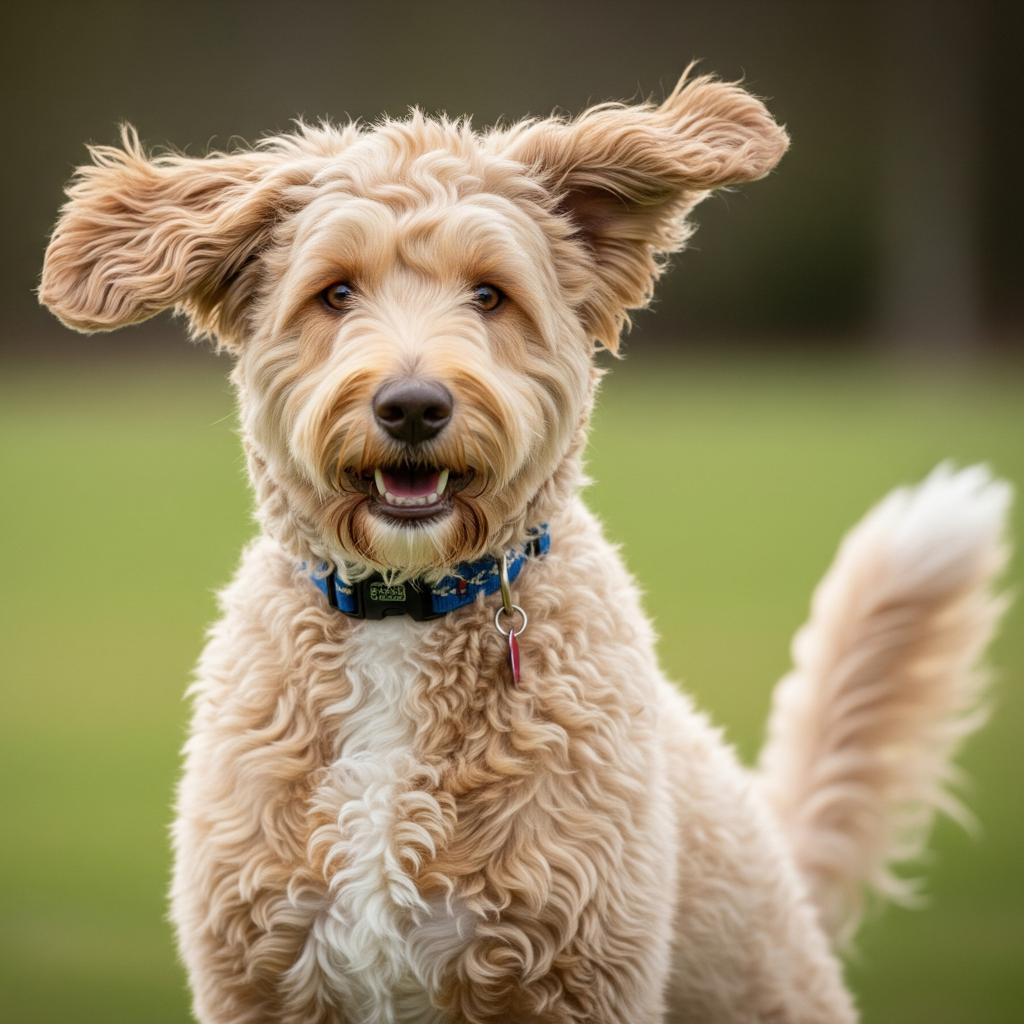
Size is proportional to weight, and measurements differ a little between registries of the breeds. This difference in size makes the Australian Labradoodle just as appropriate for city flats as for homes with large country gardens.
Perhaps one of the most fascinating traits of this breed is the very wide range of coat colours. Australian Labradoodles can vary from pure white to deep black, with creams, golds, reds, chocolates, café, lavenders and even odd combinations such as phantom and parti-colour. This is because of the richer genetic backgrounds of the foundation breeds and selective breeding.
Coat texture is another feature, with three most common types: woolly, similar to a Poodle and with compact curls and soft feel; velvety, of soft waves and silky feel; and smooth, less common but present in some lines. These types all share the underlying trait of low-shedding, a welcome advantage for households that experience allergy issues.
Exceptional Temperament and Magnetic Personality

The Australian Labradoodle's intelligence is second to none and manifests itself in many ways. These animals have a dazzling capacity for learning, mastering new commands with ease and adapting to new routines without hiccups. Their emotional intelligence is highly evolved as well and allows them to pick up human emotions with near supernatural ease and respond appropriately with warmth and comfort.
Sociability is a trait specific to these dogs and that makes them ideal for social and active families. Australian Labradoodles are usually friendly and friendly in the presence of strangers and animals as long as they have been well socialised during the first few months of their life. Being welcoming natured makes them ideal companions for family visits, park trips and other social activities.
The temperament of the breed around children is the stuff of legend. Australian Labradoodles seem to possess a natural sense of self-regulation when in the presence of little children, being patient and polite to a degree that makes them excellent play partners and gentle guardians. Families typically report that their Australian Labradoodles become extremely attached to the children in the household, serving as devoted shadow companions and doting protectors.
Exceptional Health and Outstanding Longevity
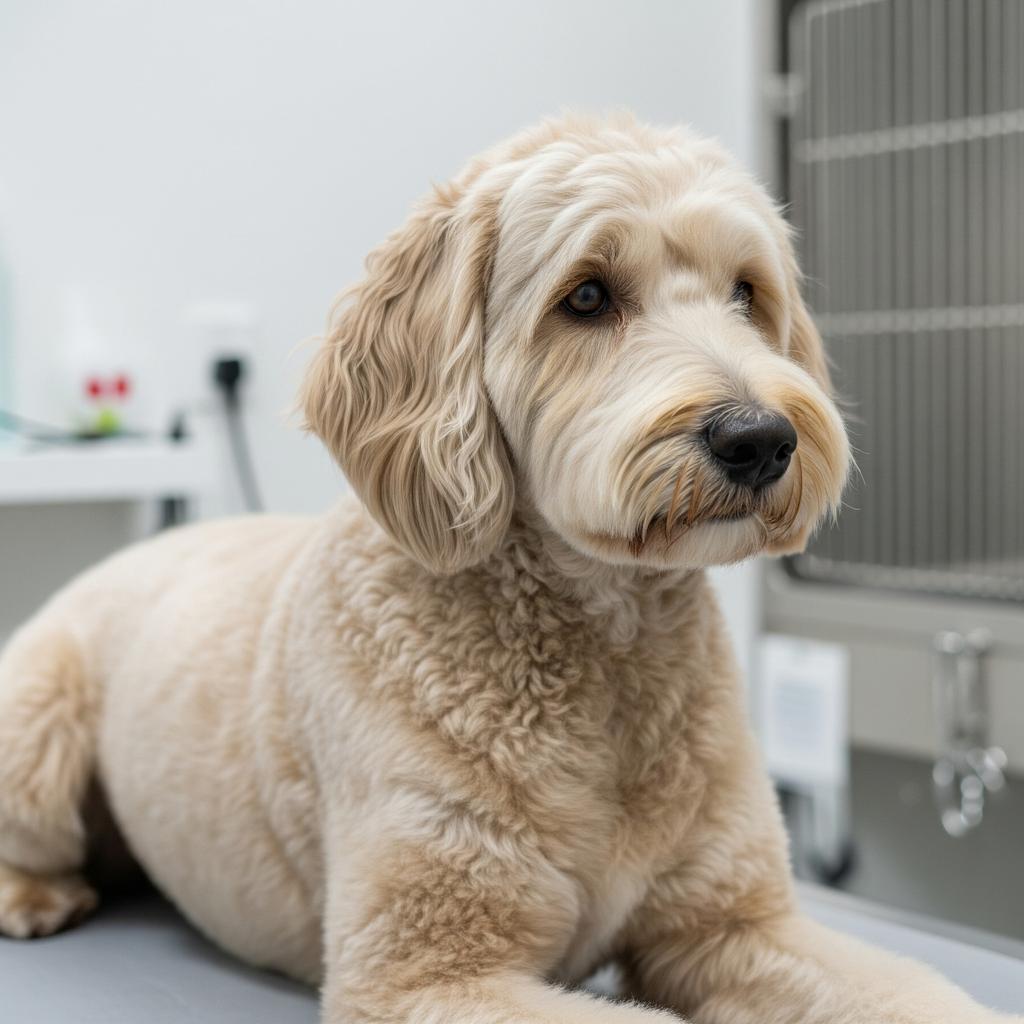
The average life expectancy of an Australian Labradoodle is between 12 and 15 years, a substantial life span that indicates their strong genetic constitution. Still, as with any breed, they might be prone to some health issues, and it is good for future owners to know about them in order to provide effective preventative care.
Hip and elbow dysplasia is a prevailing issue for the medium and large breed.
Responsible breeders X-ray their breeding stock to minimize the transmission of these conditions. Choosing a breeder who does these tests is key to obtaining a puppy with the best chance for joint soundness.
Hereditary eye diseases such as progressive retinal atrophy and cataracts are occasionally present in Australian Labradoodles. Some genetic tests have the ability to identify carriers of these genes, which allow breeders to make informed choices in order to reduce the incidence of such problems.
Idiopathic epilepsy, while relatively rare, does appear in some lines. This syndrome, appearing anywhere from 6 months to 6 years, needs to be addressed by a veterinarian but often can be nicely controlled with appropriate medication.
Keeping and Caring for the Unusual Coat
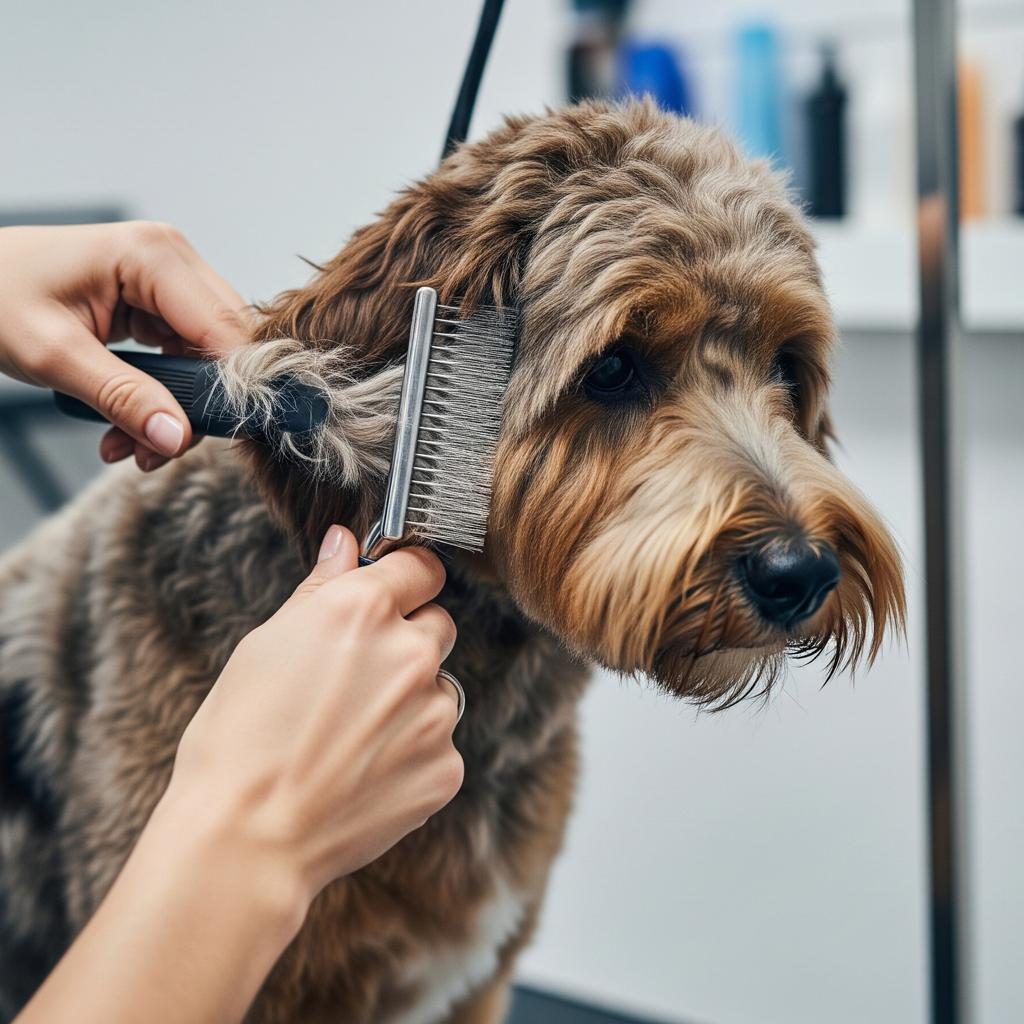
Brushing is required regularly, ideally every two or three days, to keep the coat as healthy as possible. The right tools, such as soft-bristled brushes and wide-toothed combs, help to spread natural oils, de-shed dead hair and avoid matting. During seasonal changes, brushing frequency may be increased.
Bathing is monthly or as required, using dog shampoos that respect the pH of a dog's skin. Using good-quality products, preferably natural and without harsh chemicals, is best for skin health and coat shine.
Every 6-8 weeks, professional grooming is typically required to keep the coat looking its best and address the ongoing growth associated with this breed.
An experienced groomer can provide personalised advice on the most suitable length and style for your dog and your preferences.
Exercise and Mental Stimulation Requirements
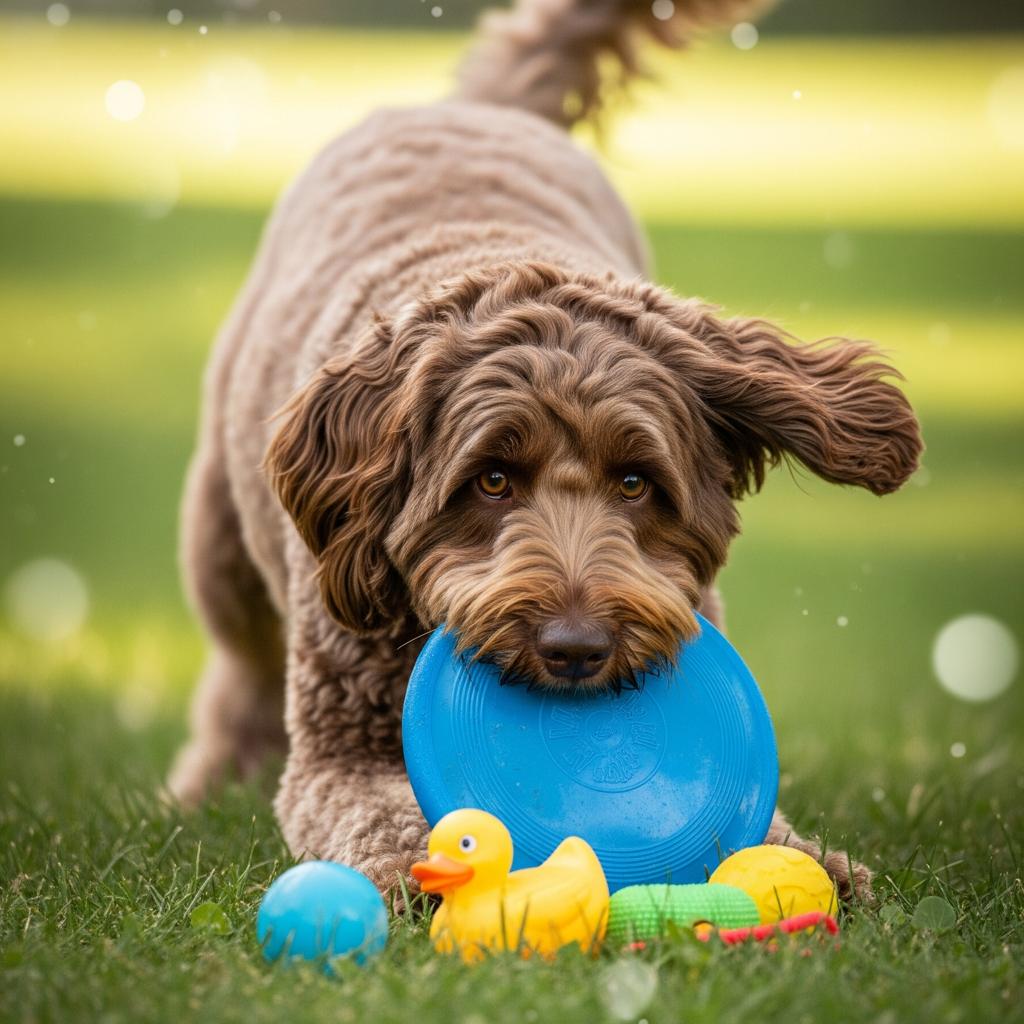
Daily exercise should include a minimum of 30-60 minutes of moderate exercise, which can be split into two or more sessions per day. It is extremely affectionate of brisk walks, garden playtime and activities such as swimming. The breed's athleticism lends itself well to fluctuating levels of activity, and it is thus well-suited for active families as well as those who are sedentary.
Mental stimulation is just as important as exercise for the overall wellness of the Australian Labradoodle. Intelligence games, food puzzles, obedience work and search work satisfy their inherent requirement for problem-solving and learning. Inadequate mental stimulation can cause worrisome or destructive behavior, so mental stimulation is essential to maintain these intelligent dogs mentally engaged.
Good Training and Education
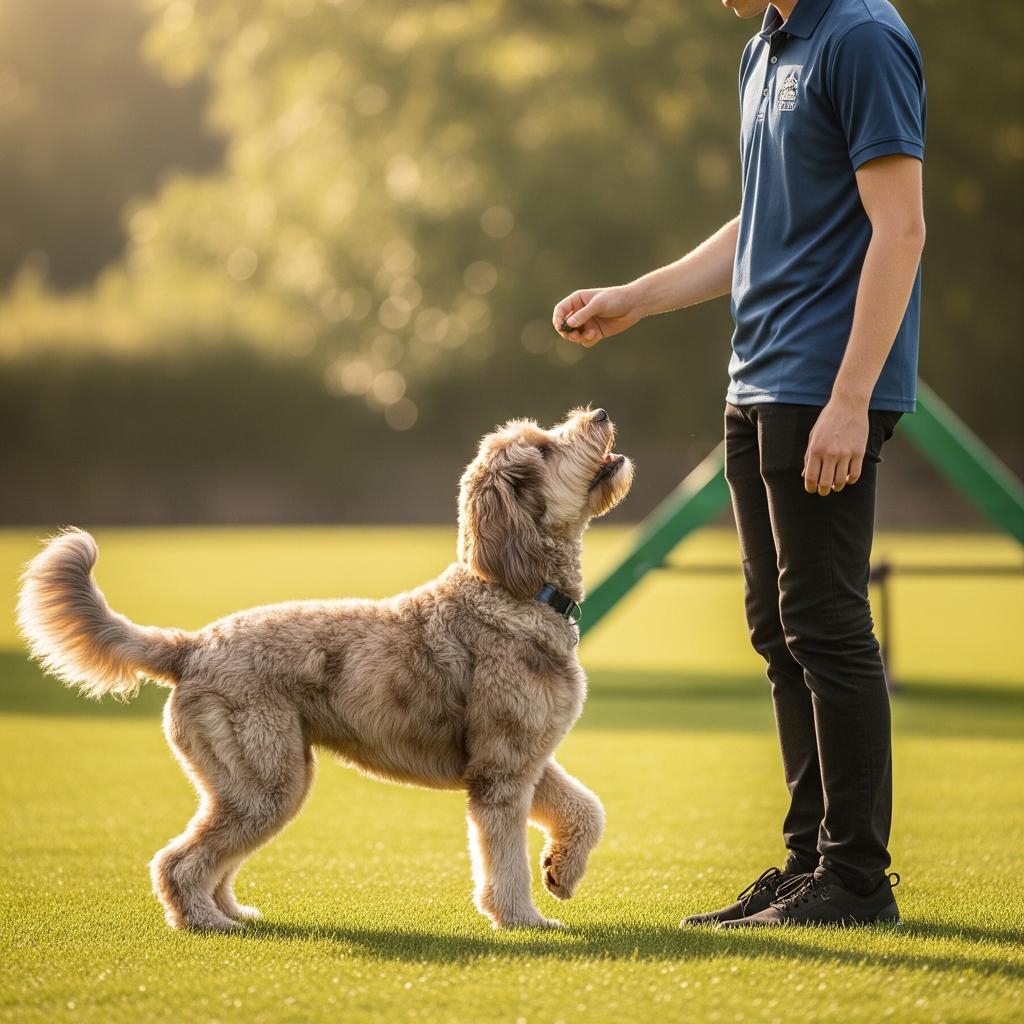
Socialisation must start early, and this is best done between 3 and 14 weeks of age, which is the critical socialisation period. Controlled exposure to various people, animals, places and situations during this period enables a balanced and socially advanced dog to be developed. Puppy classes can provide a controlled setting for this most important socialisation.
Simple commands such as "sit", "stay", "come" and "leave it" can be learned with positive reinforcement training in which food rewards, praise and play are the incentives. Training hinges on consistency in which all members of the household utilize the same commands and same expectations.
Loneliness training is particularly required for Australian Labradoodles because they will experience separation anxiety if they are left alone for significant periods of time without preparation. They are introduced gradually to longer times of being alone, as well as positive distractions, to prevent this normal problem.
Best Nutrition for Lasting Health

Puppies need a development-specific food during the initial 12-18 months of life when skeletal and muscular development is at its peak. Proper puppy foods containing digestible proteins and a normal proportion of calcium and phosphorus will provide sound development and prevent orthopaedic abnormalities.


